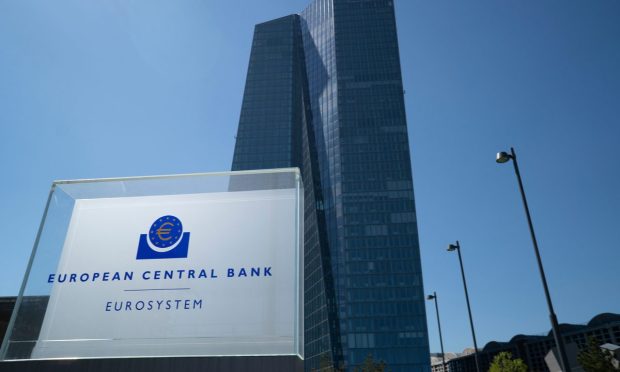ECB, Fed, BoE Work on an Interoperable CBDC

In a speech before the European Parliament on Wednesday (March 30), Fabio Panetta, member of the board of the European Central Bank (ECB), said that several central banks around the world, including the Federal Reserve, the Bank of England (BOE) and the ECB, are discussing how to align their projects to have interoperable central bank digital currencies (CBDCs).
Panetta delivered a speech summarizing the benefits of a digital euro for the region but emphasizing that there are still many questions that need to be answered at the political level such as the level of privacy and anonymity, the role of the banking system to hold and distribute retail CBDCs — or even if users should be discouraged from having large amounts of digital euros, for instance by penalizing large deposits, to prevent crowding out private initiatives.
The ECB is not rushing to introduce a retail CBDC in the economy, although it is conducting pilot programs to understand people’s needs. The social aspect of money is also driving the ECB’s efforts in this space. According to Mr. Panetta, “a digital euro can only be successfully if it meets the payment needs of Europeans today and in the future; the findings of our groups provide valuable input here, though we are mindful of the natural limitations of qualitative analysis of this type.”
Consumers want to use digital means of payments, and this tendency is likely to increase. Interestingly, during one of the ECB’s pilot tests in November, individuals didn’t pay attention to — or understand — the difference between the digital euro and the euros they already spent using private, digital means of payment. This was an important finding for the ECB to understand how people use public money and commercial bank money indistinctly and the effect that a digital euro could have on the private sector.
Payments are one of the use cases for a digital euro, and Mr. Panetta recognizes that this would be a priority. “A digital euro could also be used for payments between governments and individuals, for example, to pay out public welfare, allowances or pay to pay taxes. If a digital euro offered these payment options, we would achieve network effects.” said Mr. Panetta. However, when he was asked by one parliamentarian about the possibility of using a digital euro offline, he said that the technology is not ready yet to allow offline transactions without increasing the risks of money laundering.
According to Mr. Panetta, none of the central banks that have retail CBDCs in circulation has allowed consumers to use digital currencies offline. However, the ECB is exploring offline payments between merchants and consumers when they are in close proximity, like a payment with a contactless card, with certain amount limits.
From a policy perspective, the ECB is focusing its efforts now on issues like privacy and money laundering. Users will have to identify themselves before using a digital euro, and the ECB may rely on the private sector for this onboarding process.
Moving beyond onboarding, the ECB’s analysis suggests that digital euro transaction data should not be visible to the euro system or any other central entity beyond what is strictly needed to perform its functions. In the baseline scenario, a digital euro would provide people with a level of privacy equal to or higher than that of private digital solutions. Personal and transaction data would only be accessible to intermediaries to ensure compliance with AML/CFT requirements.
The ECB will conduct another pilot test by the end of the year including more stakeholders to get more and better feedback on the user experience. In summary, the ECB is preparing for a digital world in which central bank money should also be available digitally, but there is no intention to release a retail CBDC any time soon.
Read More: Beyond Project Dunbar’s Shared Platform, Unknowns Loom for Central Banks, CBDCs
